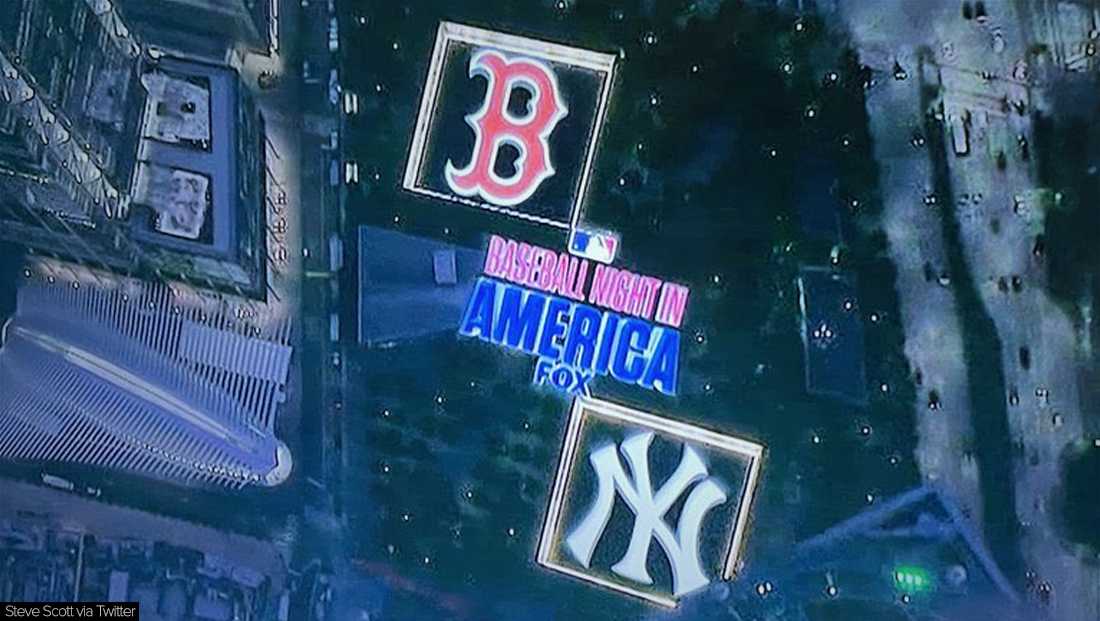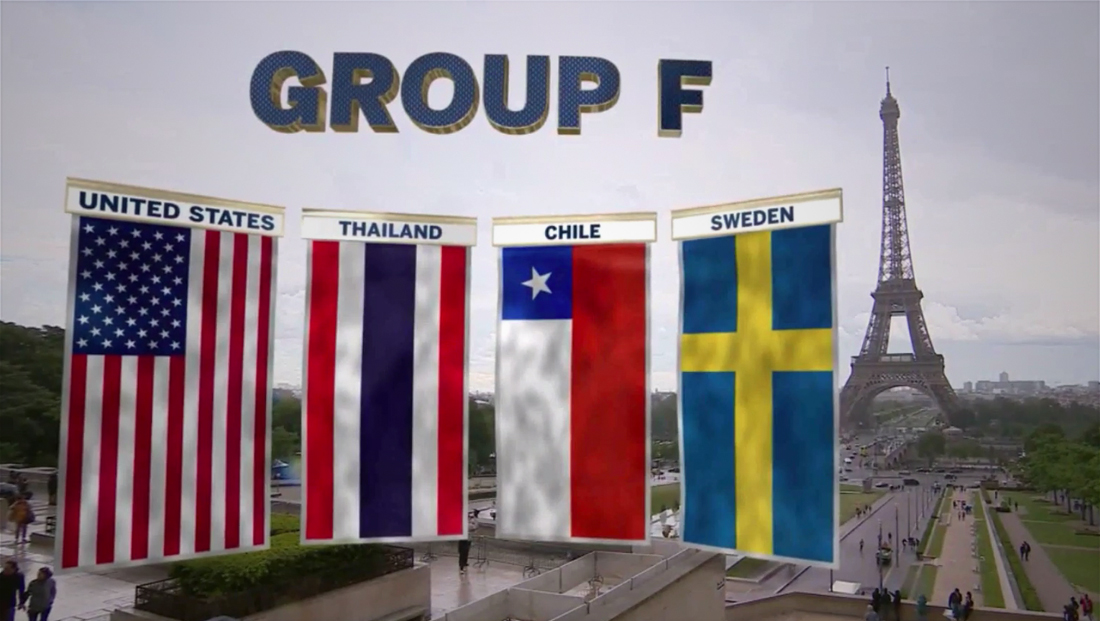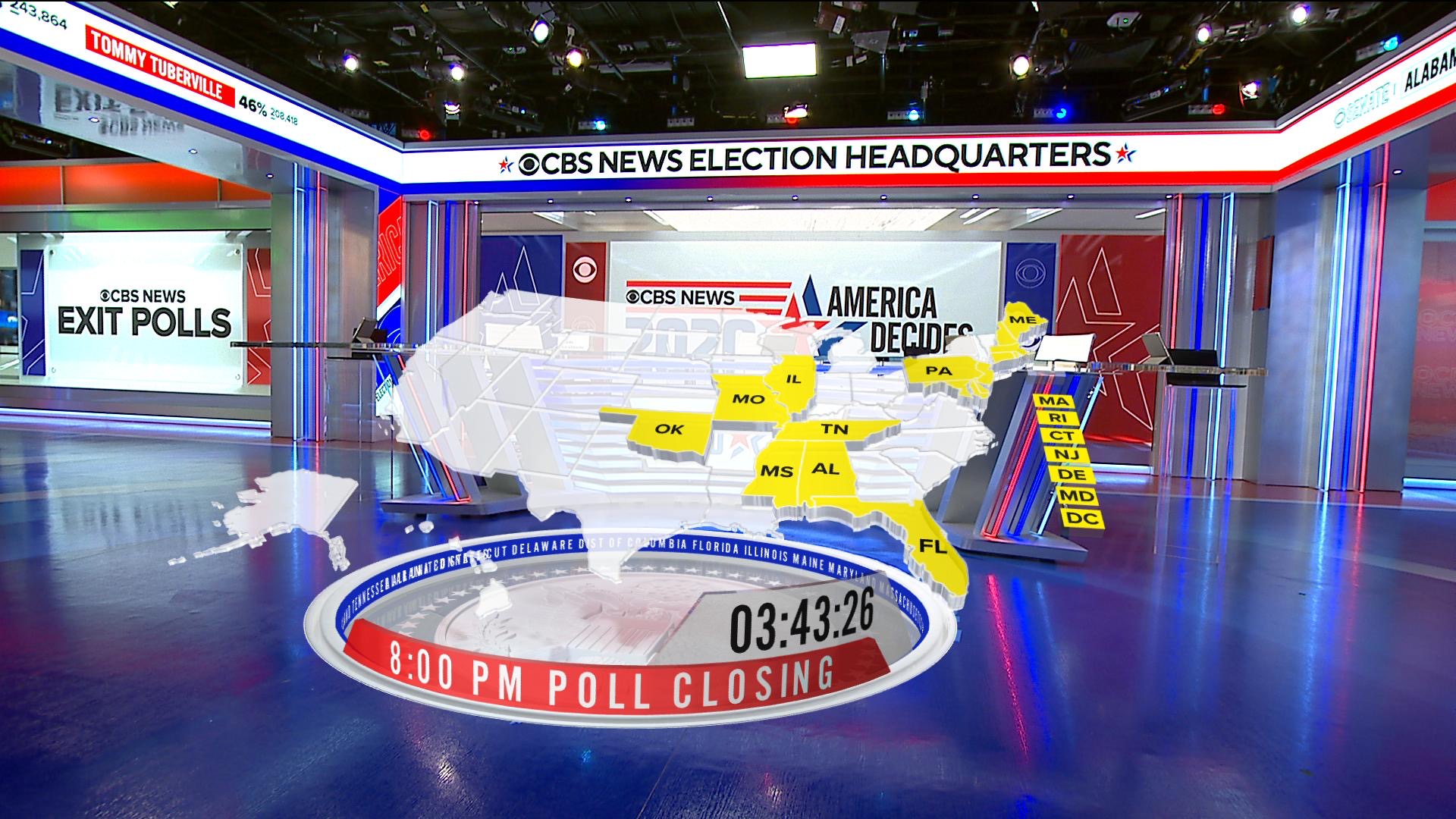Fox apologizes for AR elements over 9/11 memorial: What lessons can be learned from this?

Subscribe to NCS for the latest news, project case studies and product announcements in broadcast technology, creative design and engineering delivered to your inbox.
Fox Sports has said it used “poor judgment” and issued an apology after superimposing logos over the National September 11 Memorial & Museum in New York City during a July 16, 2022, Major League Baseball broadcast — drawing attention to the issue of how augmented reality can create confusion and opens the door to a variety of considerations.
Of all the NYC aerial shots Fox Sports could have used, they decided to superimpose their baseball logo over the 9/11 Memorial?
Horrible. pic.twitter.com/aM8XtGpACU
— Steve Scott (@SteveScottNEWS) July 17, 2022
Like during many sports broadcasts, brief views from around the home team’s city were shown on camera throughout the coverage and Fox opted to showcase an aerial view of the 9/11 memorial’s reflecting pools, which are situated over the footprints of what was once the World Trade Center’s twin towers.
That in itself wasn’t problematic. The issue was that Fox decided to use an augmented reality layer to add the Boston Red Sox and New York Yankees’ team logos over the pools as well as adding its own “Baseball Night in America” logo between them.
The network issued an apology later in the weekend.
“During last night’s telecast, we used poor judgment on the use of a graphic. We sincerely apologize and regret the decision,” Fox said in a statement.
After initial confusion on social media where some questioned if Fox or the teams had somehow arranged to have them projected on the pools, it was clarified that it was an AR setup.
This meant the logos were not physically being projected on the water or above the memorial somehow — but rather inserted by computer and only visible via Fox’s feeds. Unlike traditional graphics that are inserted over a TV picture, AR graphics typically have the ability to be linked to on-screen elements and remain in place as the camera moves, as was shown during the July 16 broadcast.
It’s also important to note that neither the Yankees or Red Sox appeared to have had anything to do with the logo insertion. Team logo files are widely available and used in broadcast media all the time — without any permission or involvement from the team or MLB.
Fox WYD pic.twitter.com/uyp6TiLK5E
— CJ Fogler AKA Perc70 #BlackLivesMatter (@cjzero) July 17, 2022
Augmented reality designs such as these can require pre-planning and design work, though recent innovations in technology have made it easier to quickly create these types of graphics in minutes as opposed to hours, meaning this could have been a relatively last-minute decision.
After the segment aired, social media lit up with viewers asking why, of all landmarks in New York, Fox choose the 9/11 memorial.
While the two squares formed by the memorial do make a tempting digital canvas for AR elements, particularly for a layout with two team logos, this provides a valuable lesson for both not using AR just for the sake of using it as well as considerations about how its application could confuse viewers.
Many broadcasters today have the tools to create AR elements such as the ones inserted over the memorial and using them in scenic shots such as the one Fox aired could be viewed as superfluous — but in all fairness, television is a visual medium that does sometimes require creating eye-catching looks like these that have more form than function. The graphic also gave viewers who might just be tuning in a visual cue as to what they are watching and, in this example, what teams were playing and where. Had this been two ordinary pools of water, things would have been much different.
To be clear, this is not a justification for the use of the 9/11 memorial as a base for the AR graphics that aired July 16 — that was no doubt in poor taste — and these were not just a decorative water feature in a park.

The L.A. Rams and Cincinnati Bengals logos, as well as the NBC and Super Bowl LVI logo along the bottom of the screen look like they could be augmented reality, but are actually simply being inserted over the image from outside SoFi Stadium in California in the 2022 Super Bowl shot.
Fox could have perhaps avoided this entire issue by simply inserting more traditional, non-AR graphics over a view of the 9/11 memorial.
In addition, the confusion that some viewers, at least according to social media, thought that the logos were somehow actually being shown on the pools’ water is also a cautionary warning.
While those working in digital media and broadcasting might find it hard to believe any viewer would find this confusing, the increasing blur between reality and virtual reality is making it hard to discern the difference between the two (remember when a senator confused a video wall background for the real thing?).
The depiction of the two team logos shown over the pools of water during Fox’s broadcast would technically be possible to achieve, at least close to what appeared on screen July 16, in real life using readily available projection gear.
It could also be possible to do this without involving the organization that manages the memorial — since beams from projectors can be trained at almost any public surface as long as the projectors can be placed, typically with permission, from somewhere nearby.
If the AR design was somehow real, the “Baseball Night in America” logo would have been a theoretical 3D element floating in the air between the two pools.
However, a viewer paying only a quick glance at the screen, along with the scale and how the shot was framed, could perhaps mistake the design for also being a projected element on top of the memorial, even though, if this was to be done in real life, the textures of the underlying surfaces would be visible upon close inspection.
There’s also the context and content that was involved with this shot. The shot was largely meant to be just an interesting visual in the broadcast and didn’t inherently add much information to the broadcast, such as a news broadcast adding AR elements over a view of the memorial to explain the structure or layout of the space might do.
There was also some confusion on social media about who was responsible for the theoretical projection of the team logos on the pools. Although it ended up the elements were AR overlays, this use ended up bringing not only the network but two teams and MLB potentially under criticism, especially as the image began circulating online without a full explanation of how it was achieved.
In short, the entire segment, however brief, ended up feeling gimmicky and even bordering on a promotion for the network, broadcast, teams and league, and should have never seen air.
While it might seem to go without saying, showing any sensitive location (with or without AR) should garner extra pause from any team of broadcasters. Even simply showing a memorial or similar landmark on air during a sports broadcast could be a touchy area despite any good intentions to showcase and honor the site.

These AR flags, also from Fox Sports, were used during the 2019 Women’s World Cup finals in Paris, but largely suspend reality because it would difficult for text and large flags to simply float above the plaza outside the Eiffel Tower. The flags also help explain how the tournament is set up.
When using AR, even when not being used simply as a visual effect, it’s often wise to clarify that visuals are, in fact, being enhanced by virtual elements. Many designers will accomplish this by creating AR looks that, even just slightly, defy the laws of gravity and physics, with the hopes that these visual hints will reinforce that the elements are, in fact, not real.

CBS News used this AR map of the U.S. (along with the circular element below) during its 2020 election coverage.
Again, however, context is also important. A network inserting a floating electoral map of the U.S. during election coverage arguably runs the risk of some viewers thinking there really is a giant floating map in the studio, but ultimately the virtual element has a clear place in the storytelling. In addition, viewers believing that there is a magical floating map somewhere as opposed to team logos somehow being projected on the World Trade Center memorial is relatively harmless.
The ultimate point is that in the case of the supposed projection scenario versus AR at the 9/11 memorial, both are essentially equally in poor taste. Had Fox picked, for example, a simple pool or fountain in Central Park, for its AR design, there likely wouldn’t be any controversy.
Subscribe to NCS for the latest news, project case studies and product announcements in broadcast technology, creative design and engineering delivered to your inbox.





tags
AR, Augmented, Augmented Reality, Fox, Fox Sports, major league baseball
categories
Augmented Reality, Virtual Production and Virtual Sets, Broadcast Design, Featured, Sports Broadcasting & Production